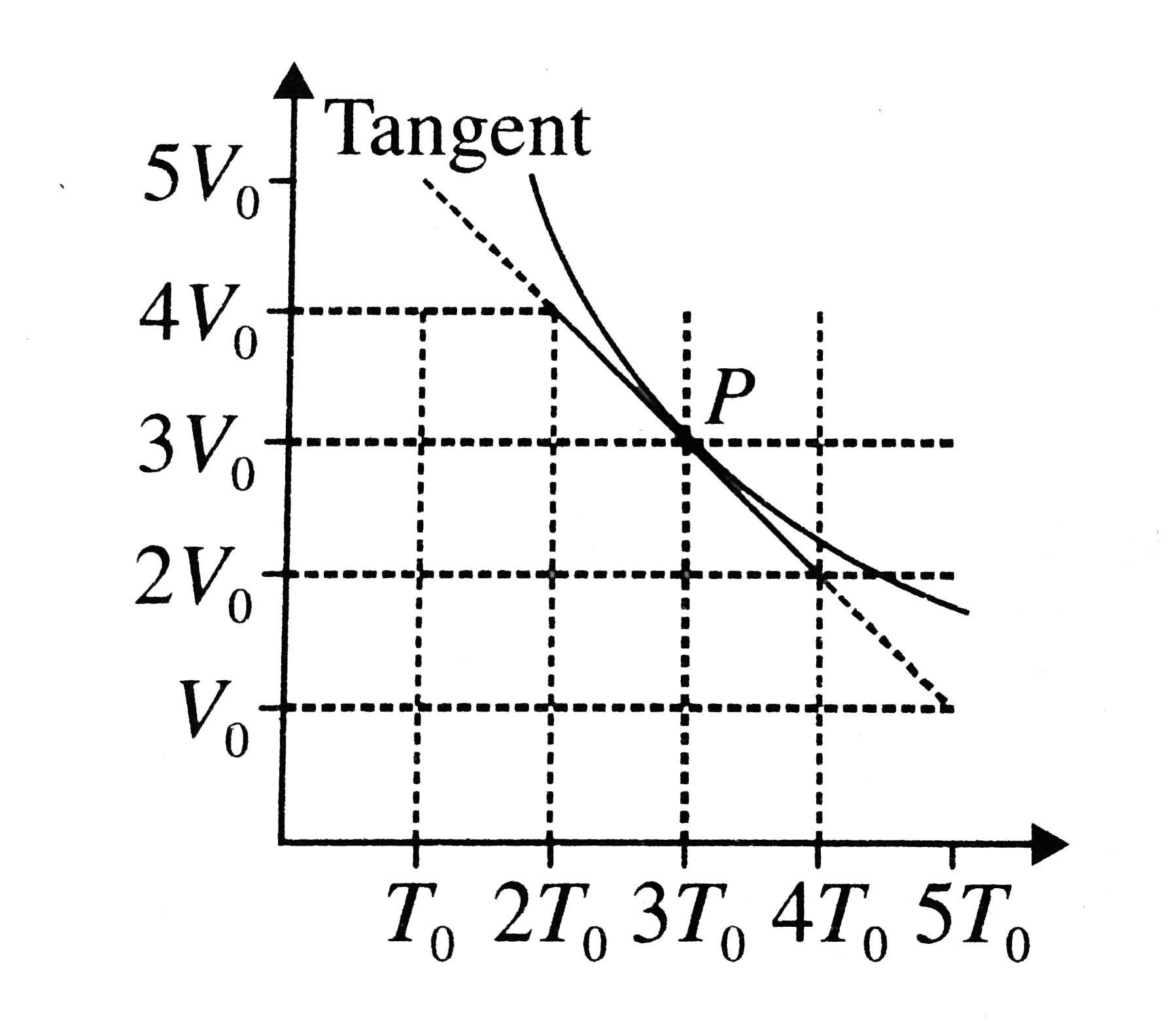5 L of a gas corresponds to
A
5 m3
B
0.5 m3
C
0.5×10−2m3
D
0.5×105m3
Video Solution
Text Solution
The correct Answer is:C
1 L = 1 dm3=10−3m3
|
Updated on:21/07/2023
Topper's Solved these Questions
- BOOK - MARVEL PUBLICATIONCHAPTER - BASIC CONCEPT OF CHEMISTRYEXERCISE - TEST YOUR GRASP50videos
BASIC CONCEPT OF CHEMISTRY
- BOOK - MARVEL PUBLICATIONCHAPTER - ALKANESEXERCISE - TEST YOUR GRASP37videos
ALKANES
- BOOK - MARVEL PUBLICATIONCHAPTER - BASIC PRINCIPLES AND TECHNIQUES IN ORGANIC CHEMISTRYEXERCISE - Test your grasp40videos
BASIC PRINCIPLES AND TECHNIQUES IN ORGANIC CHEMISTRY
Similar Questions
Expansion of a gas in vaccum is called free expansion.Calculate the work done and the change in internal energy when 1 litre of ideal gas expands isothermally into vaccum until its total volume is 5 litre?
View SolutionWhich of the following electronic configuration corresponds ot an inert gas?
View Solution
Knowledge Check
- Question 1 - Select One
Figure shows the adiabatic curve for n moles of an ideal gas, the bulk modulus for the gas corresponding to the point P will be
 A5nRT03V0BnR(2+T0V0)CnR(1+T0V0)D2nRT0V0
A5nRT03V0BnR(2+T0V0)CnR(1+T0V0)D2nRT0V0 - Question 2 - Select One
Which of the following electronic configuration corresponds to an inert gas?
A1s12s22p5B1s22s22p6C1s22s1D1s22s22p63s1 - Question 3 - Select One
The correction factor 'a' to the ideal gas equation corresponds to
Adensity of the gas moleculesBvolume of the gas moleculesCelectric field present between the gas moleculesDforces of attraction between the gas molecules
The correction factor 'a' to the ideal gas equation corresponds to
View SolutionThe correction factor 'a' to the ideal gas equation corresponds to
View SolutionThe correction factor 'a' to the ideal gas equation corresponds to
View SolutionThe correction factor a to the ideal gas equation corresponds to
View SolutionThe correction factor 'a' to the ideal gas equation corresponds to
View Solution

